Ultimate Guide to Roof Anatomy: Extend Your Roof's Life by 5+ Years
Every year, homeowners spend over $15,000 on average to replace a failing roof - often years before it should need replacement. The culprit? A lack of understanding about their roof's basic components and maintenance needs. Your roof isn't just shingles and gutters - it's an intricate system where every part plays a crucial role in protecting your home. When one component fails, it can trigger a cascade of problems that compromise your entire roof's integrity.
Understanding your roof's anatomy empowers you to spot early warning signs of trouble, make informed decisions about repairs, and potentially add years to your roof's lifespan. From the visible outer layer of shingles to hidden structural elements, each component requires specific maintenance and attention. Whether you're a new homeowner or planning a roof replacement, knowing these essentials helps you avoid costly mistakes and ensure your investment lasts.
In this comprehensive guide, you'll discover the key components that make up your roof system, learn how different materials perform in various climates, and get practical tips for extending your roof's life. We'll explore everything from common problem areas to smart maintenance strategies that can save you thousands in premature replacement costs.
- Introduction to Roof Anatomy
- Key Components of a Roof
- Common Roofing Materials and Their Characteristics
- Factors Influencing Roof Longevity
- Regional Considerations for Roofing
- Conclusion
Introduction to Roof Anatomy
Understanding the anatomy of your roof is crucial for its long-term health and the protection of your home. A roof isn't just a covering; it's a complex system of components working together to shield your home from the elements. Each part plays a vital role, and knowing their functions helps homeowners identify potential issues early. A Get Your Roof Assessment can help pinpoint problems before they become major expenses, providing a detailed report on your roof's condition. Understanding your roof's anatomy empowers you to make smart choices about maintenance, repairs, and replacements, ultimately saving you money and extending your roof's lifespan.
Importance of Understanding Roof Components
Every roof component, from shingles and underlayment to flashing and gutters, contributes to its ability to shed water, resist wind, and withstand weather. Understanding these components is key to diagnosing problems like leaks or insulation issues. For example, sagging, where your roof dips inward, can indicate structural problems, excess weight, or aging materials. Knowing how these parts interact helps you choose suitable materials and designs for your climate. Factors such as climate, functionality, and style often vary by region, influencing roofing preferences. Some areas might prefer steep slopes for heavy snow, while others opt for flatter roofs suited for warmer climates. This knowledge improves communication with roofing professionals during inspections or renovations. Understanding the size, slope, accessibility, and square footage of your roof is essential for accurate project discussions and estimates. This ensures your contractor understands the project's scope.
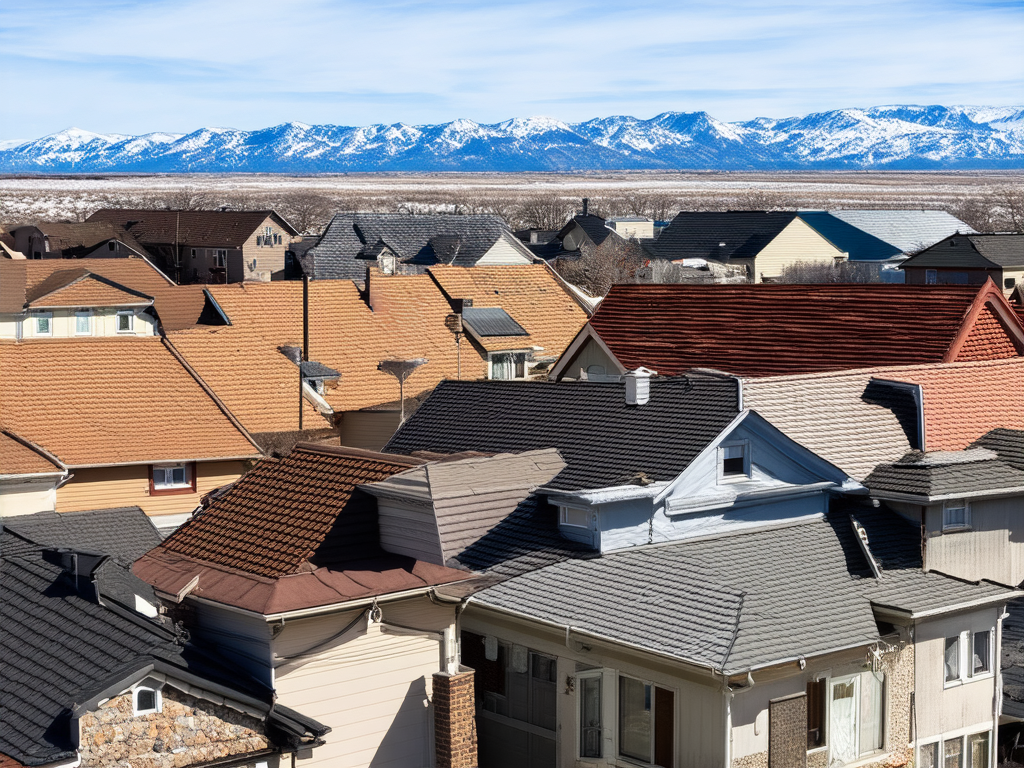
Overview of Roof Longevity and Material Lifespan
A roof's lifespan depends heavily on the materials used and the installation quality. Asphalt shingles, a popular choice, typically last 15-30 years, depending on quality and maintenance. Within asphalt shingles, three-tab options last 10-12 years, while more durable architectural shingles last 25-35 years, sometimes even 50+ years. Architectural shingles offer greater durability and a more textured appearance. Metal roofs, known for their longevity, can last 40-70 years or more with minimal maintenance. Understanding these lifespans is crucial for material selection and affects your roof's long-term value. Lifespan also varies regionally due to climate differences. Roofs in harsh climates may deteriorate faster than those in milder areas. Regular maintenance, like cleaning gutters and checking for damage, significantly extends a roof's life. Regular cleaning prevents debris buildup that traps moisture, and routine inspections catch small problems early. Applying roof coatings can further extend lifespan by protecting materials and repairing minor damage. Cool roofing products, often light-colored, reflect sunlight and reduce heat transfer, minimizing wear and tear. This helps keep your home cooler and extends the life of your roof.
| Roof Material | Average Lifespan (Years) | Maintenance Level |
|---|---|---|
| Asphalt Shingles | 15-30 | Moderate |
| Metal Roofing | 40-70+ | Low |
| Clay Tiles | 50-100 | Low |
| Slate Roofing | 100+ | Low |
Key Components of a Roof
Understanding the key components of a roof is crucial for maintaining its longevity and effectiveness. Each part plays a specific role in protecting your home from the elements. Knowing these roles can help you identify potential issues before they become major problems. From the visible outer layers to the hidden structural elements, each component works together to create a safe and durable shelter. This section details the essential parts of a roof, including shingles, underlayment, decking, flashing, and ventilation systems.
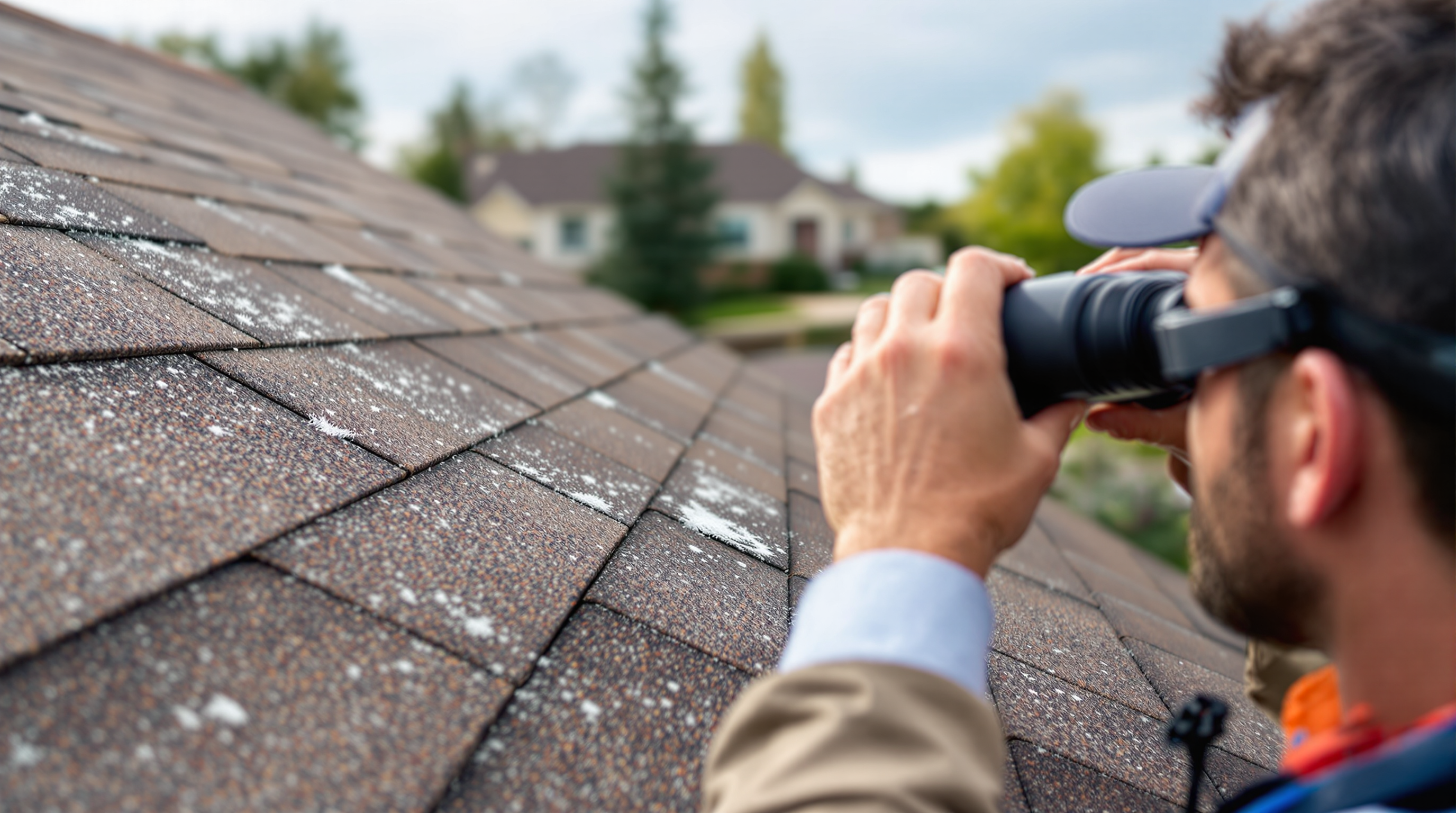
Shingles and Roof Covering Materials
Shingles and roof coverings are your home's first line of defense against rain, wind, and sun. Asphalt shingles are a popular choice due to their affordability and lifespan of 15 to 30 years. Regular maintenance can extend the life of asphalt shingles.
Maintaining Asphalt Shingles
Regular maintenance for shingles includes:
- Inspections for damage
- Cleaning debris
- Addressing minor repairs promptly
Metal roofing, a more expensive option initially, costs between $5.50 and $12.00 per square foot. However, it can last up to 70 years with minimal maintenance. Consider getting a roof assessment to determine the best roofing material for your needs.
| Maintenance Task | Frequency | Purpose |
|---|---|---|
| Inspect for Damage | Semi-Annually | Identify and repair minor issues |
| Clean Debris | Quarterly | Prevent moisture buildup |
| Address Repairs | As Needed | Extend shingle lifespan |
Underlayment and Waterproofing
Underlayment provides a crucial extra layer of waterproofing beneath the shingles. It acts as a barrier, preventing water infiltration if the outer layer is compromised.
The Role of Underlayment
Underlayment acts like a second skin, protecting your roof deck from moisture even if your shingles are damaged. This protection is especially important during heavy rain or snowmelt. Common underlayment materials include felt paper and synthetic options. Synthetic underlayment is typically more durable and tear-resistant than felt.
Cost and Durability of Underlayment
While synthetic underlayment is often more expensive upfront, its enhanced durability can lead to long-term savings on repairs. Proper installation is crucial for preventing leaks and extending the roof's lifespan. Missing or broken shingles are a sign that your underlayment may be compromised and needs attention. When shingles are missing or broken, the underlayment is often the only thing protecting your home from water damage.
Roof Decking and Structural Support
Roof decking forms the foundation of the roof structure, supporting the covering materials. Usually made of plywood or oriented strand board (OSB), the decking must be strong enough to withstand the weight of the roofing materials, snow, or debris.
How Decking Supports the Roof
The decking provides a solid, flat surface for attaching the shingles and underlayment. It distributes the weight evenly across the roof structure. Think of it as the floor of your attic, specifically engineered to support the roof's weight. Ensuring the decking is in good condition is vital for the roof's overall integrity. Damaged or rotting decking can compromise the entire roof structure.
Flashing and Leak Prevention
Flashing seals joints and intersections on the roof, such as around chimneys, skylights, and vents, preventing water from seeping in. Made from materials like aluminum or galvanized steel, flashing directs water away from vulnerable areas.
The Importance of Flashing
These areas are particularly susceptible to leaks if not properly sealed. Without proper flashing, water can easily penetrate these seams. Proper installation and maintenance of flashing are essential to prevent leaks and water damage, common roofing problems.
Flashing Inspection and Maintenance
Regularly inspect your flashing, especially after severe weather.
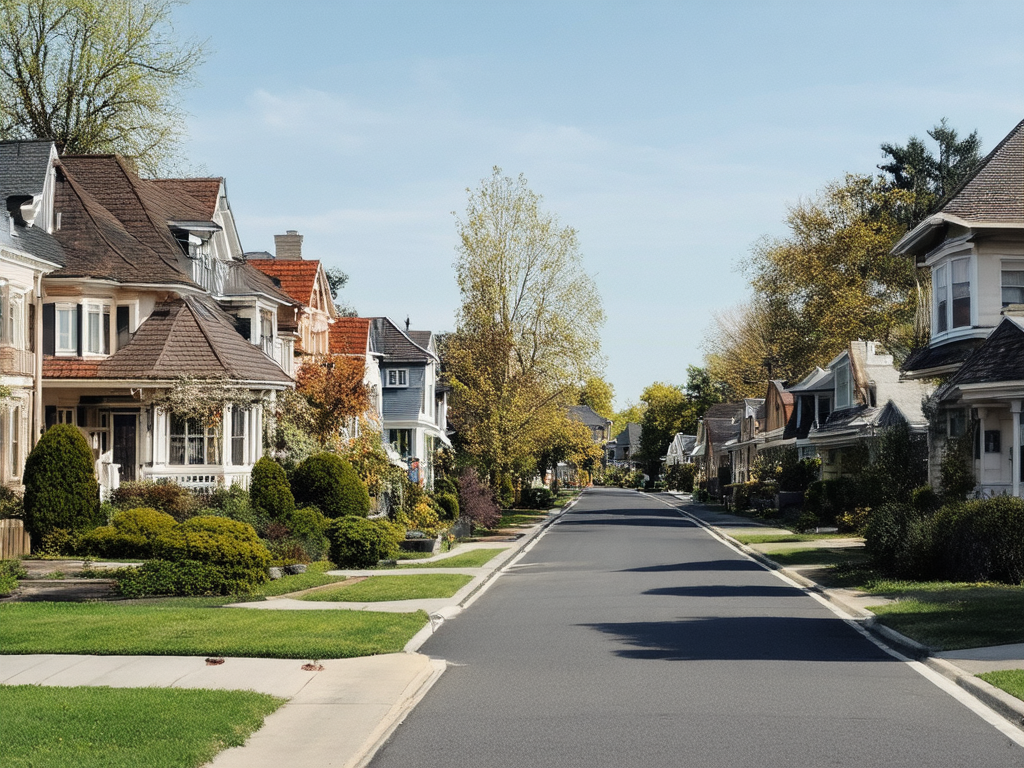
Roof Vents and Airflow Management
Roof ventilation manages airflow and maintains a balanced temperature in the attic. Proper ventilation prevents moisture buildup that can lead to mold and deterioration of roofing materials.
The Consequences of Inadequate Ventilation
Inadequate ventilation can overheat your attic in the summer and cause moisture buildup in the winter. Both can damage shingles and shorten your roof's lifespan. For example, trapped moisture can rot and curl shingles.
Types and Benefits of Roof Vents
Types of roof vents include:
- Ridge vents
- Soffit vents
- Gable vents
Each type improves air circulation and extends roof life. A well-ventilated roof improves energy efficiency and reduces the risk of heat damage. Prolonged high temperatures can degrade roofing materials, causing cracking, warping, and a shorter lifespan. This is especially important in warmer climates. Consider adding or improving roof ventilation if you see signs of poor ventilation, such as excessive attic heat or ice dams in the winter.
Common Roofing Materials and Their Characteristics
Understanding the characteristics of various roofing materials is crucial for homeowners. Choosing the right material impacts your roof's lifespan, look, and upkeep. This section explores common options like asphalt shingles, clay tiles, metal roofing, slate, and wood shakes and shingles. Learning about these materials helps you make the best choice for your home and climate.
Asphalt Shingles
Asphalt shingles are the most popular roofing material in the United States. They are affordable and easy to install. Material costs range from $80 to $800 per roofing square. Installation is also less complex than materials like slate or tile. Asphalt shingles typically last 15 to 30 years, depending on quality and local weather. Architectural shingles, a premium option, last even longer, from 25 to 35 years. They come in many colors and styles. However, they may blister or grow algae, needing occasional maintenance. Blistering, from trapped moisture, may require replacing some shingles. Algae can often be cleaned off. Regular roof assessments, like those available through Get Your Roof Assessment, can help catch these problems early. While asphalt shingles have potential drawbacks, their affordability makes them a common choice. Repairs are also generally affordable, averaging $500 to $1,500 for a 10x10 foot section.
Clay Tiles
Clay tiles offer a unique look and impressive durability. They can last 50 to 100 years with proper care. This includes regular checks for cracks and cleaning to prevent moss and algae. Clay tiles resist fire and harsh weather, making them good for extreme climates. However, they are heavy and may need extra support. Installation costs are also higher than other materials. This is due to both material and labor costs. Despite these factors, clay tiles are a good investment for a long-lasting, beautiful roof, especially for Mediterranean or Spanish-style homes. To learn more about maintaining various roofing materials, including clay tiles, learn more about roof maintenance.
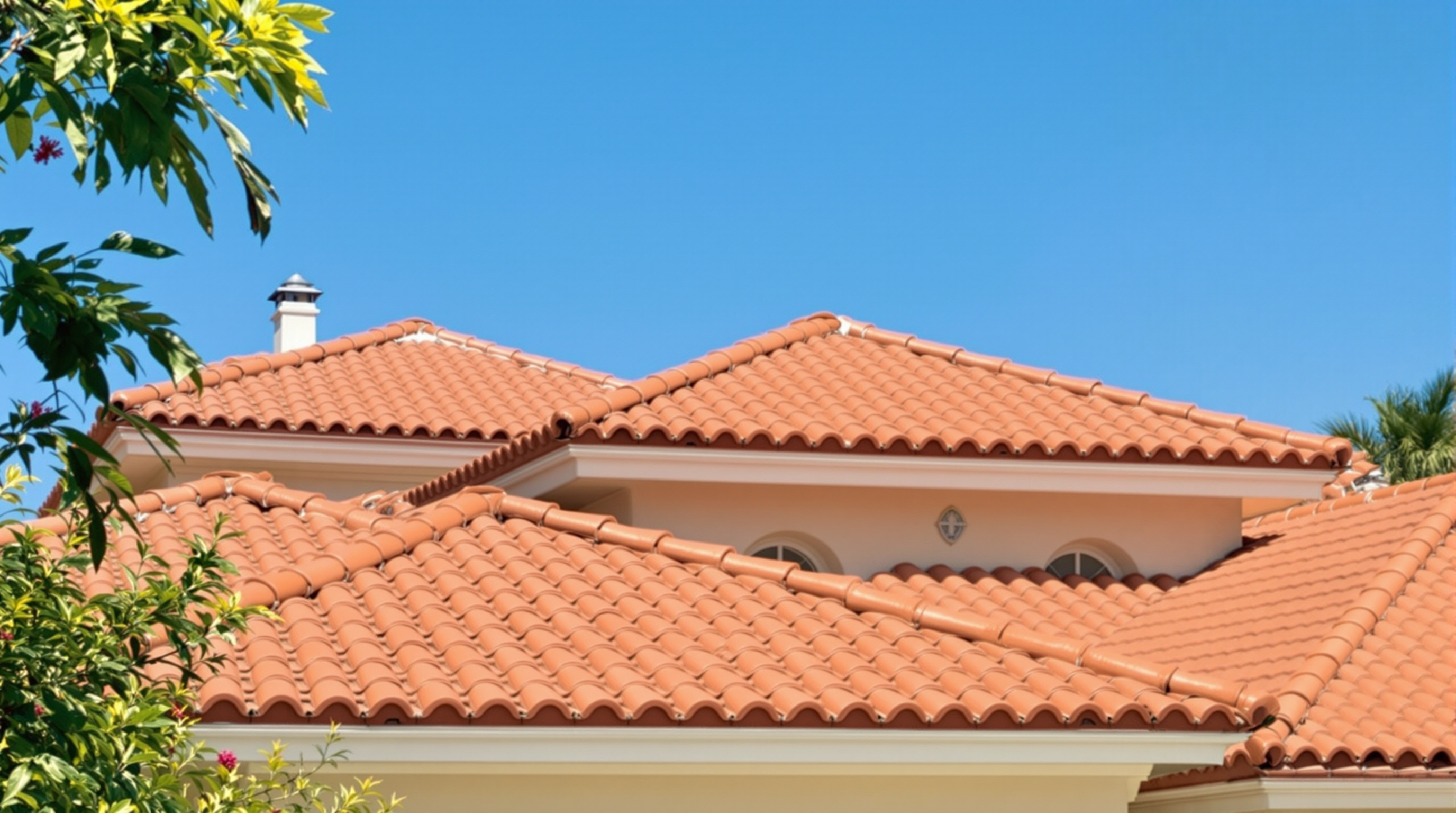
Metal Roofing
Metal roofing is becoming more popular because it lasts a long time and needs little maintenance. Metal roofs typically last 40 to 70 years and withstand harsh weather well. Some types last even longer. They come in various styles and colors, often looking like traditional shingles, tiles, or slate. Metal roofing costs more upfront, from $5.50 to $12 per square foot. But, you save money long-term on maintenance and energy costs. This makes metal a good option for areas with frequent storms or extreme temperatures. If you want a long-lasting, low-maintenance roof and can afford the initial cost, metal is a great choice.
Slate Roofing
Slate roofing is beautiful and very durable. It can last over 100 years with the right care. This includes regular checks, cleaning, and quick repairs to prevent leaks. Made of natural stone, slate gives a sophisticated look. Like clay tiles, slate is heavy and may need extra support, which adds to the installation cost. Finding skilled slate installers can also be difficult, increasing expenses. Because slate requires special skills, it's essential to find experienced roofers. Even with these costs, slate is a top choice for elegance and longevity.
Wood Shakes and Shingles
Wood shakes and shingles offer a natural, rustic look. Usually made of cedar, they last 20 to 30 years with proper care. This includes regular cleaning, checking for insects and rot, and using preservatives. Pressure-treating with preservatives helps protect against these issues. Wood roofs offer good insulation. But, they can be damaged by fire, insects, and rot, so regular maintenance is key. Wood roofing is great for those who want a sustainable, natural look and are prepared for the ongoing upkeep.
Factors Influencing Roof Longevity
Understanding the factors that contribute to a roof's lifespan can help homeowners save money and avoid unexpected repairs. A roof's lifespan can vary significantly, from as little as 15 years to over 70 years, depending on various factors. This section explores three primary factors that influence how long your roof will last: material quality and climate considerations, installation techniques and professional practices, and regular maintenance and inspection schedules. Consider getting a roof assessment to understand your roof's current condition.
Quality of Materials and Climate Considerations
A roof's longevity heavily depends on the chosen materials and the local climate. Common asphalt shingles typically last 15-30 years, while metal roofs can last 40-70 years or more. Metal roofing, for example, costs between $5.50 and $12.00 per square foot but can last up to 50 years. This extended lifespan often makes metal a cost-effective choice despite the higher initial investment.
Material Lifespan
Other roofing materials also offer varying lifespans. Wood roofs generally last around 30 years. Rubber roofs, such as EPDM and TPO, typically last 20-30 years with proper maintenance.
Climate Impact
Climate significantly impacts roof longevity. Prolonged exposure to high temperatures can deteriorate roofing materials, causing cracking, warping, and a shorter lifespan. Choosing climate-appropriate materials is essential.
Cool Roofing
In hotter climates, "cool roofing" products—often light-colored materials—reflect sunlight and minimize heat transfer, extending roof life. These coatings can even repair existing damage or protect against further weathering. To learn more about roof maintenance and material selection for your climate, explore our resources. Selecting materials designed to withstand your area's specific environmental conditions is crucial.
Installation Techniques and Professional Practices
Proper installation significantly affects a roof's durability. Correct techniques ensure all components work together effectively for maximum protection. For instance, properly sloped metal roofs can last over 30 years.
Proper Installation
Proper installation includes ensuring adequate slope for water runoff. This prevents pooling, which can cause damage, leaks, and premature corrosion.
| Practice | Benefit |
|---|---|
| Adequate Slope | Prevents water pooling and damage |
| Professional Expertise | Ensures correct material installation |
| Regular Inspections | Identifies minor issues early |
Professional Expertise
Hiring experienced professionals who follow industry best practices minimizes the risk of leaks or premature wear. Professionals have the expertise to install various roofing materials correctly, such as slate roofs, which can last up to 40 years with proper installation. They also understand the specific requirements for different roof styles, which is crucial for maximizing lifespan. Correct installation from the start prevents costly repairs and extends the roof's life.
Regular Maintenance and Inspection Schedules
Routine maintenance and regular inspections are essential for maximizing roof lifespan. Regular checks can identify minor issues before they become major problems, saving homeowners substantial money. Most experts recommend annual inspections and prompt repairs.
Maintenance Tasks
Regular maintenance includes clearing debris from gutters, checking for loose or damaged shingles, and trimming overhanging branches. These preventative measures can address issues like roof sagging caused by excess weight or debris buildup, which can shorten the roof's lifespan.
Addressing Damage
Addressing minor repairs promptly prevents more extensive and costly damage later. Consistent maintenance ensures a roof remains in optimal condition for as long as possible.
Regional Considerations for Roofing
When choosing a roofing system, regional factors like climate conditions, building codes, and architectural styles are crucial. Each region has unique needs, impacting material choices and design. The right roof can improve energy efficiency, lower maintenance costs, and extend its lifespan. This section explores how climate influences material selection, the importance of regional building codes, and optimal roofing choices for various climates. Consider getting a roof assessment to determine the best roofing solution for your specific region.
Impact of Climate on Material Choice
Climate significantly impacts roofing material selection. In hot, sunny areas, reflective materials like "cool roofs" are beneficial. These light-colored compounds deflect sunlight, minimizing heat transfer and lowering cooling costs. This can lead to significant energy savings, especially in summer. Studies suggest cool roofs on 80% of U.S. commercial buildings could save 10,400 GWh of cooling energy. Conversely, colder climates benefit from insulating materials like slate or metal that withstand snow. Improved insulation reduces energy loss by preventing heat escape. A properly installed slate roof can last up to 40 years in harsh conditions, withstanding sun, heat, and wind. Areas with severe weather like hurricanes or hail need impact-resistant materials like metal or treated asphalt shingles. Metal roofs can last up to 50 years with minimal upkeep, but initial costs range from $5.50 to $12 per square foot. To learn more about roof maintenance tailored to your climate, visit our comprehensive guide.
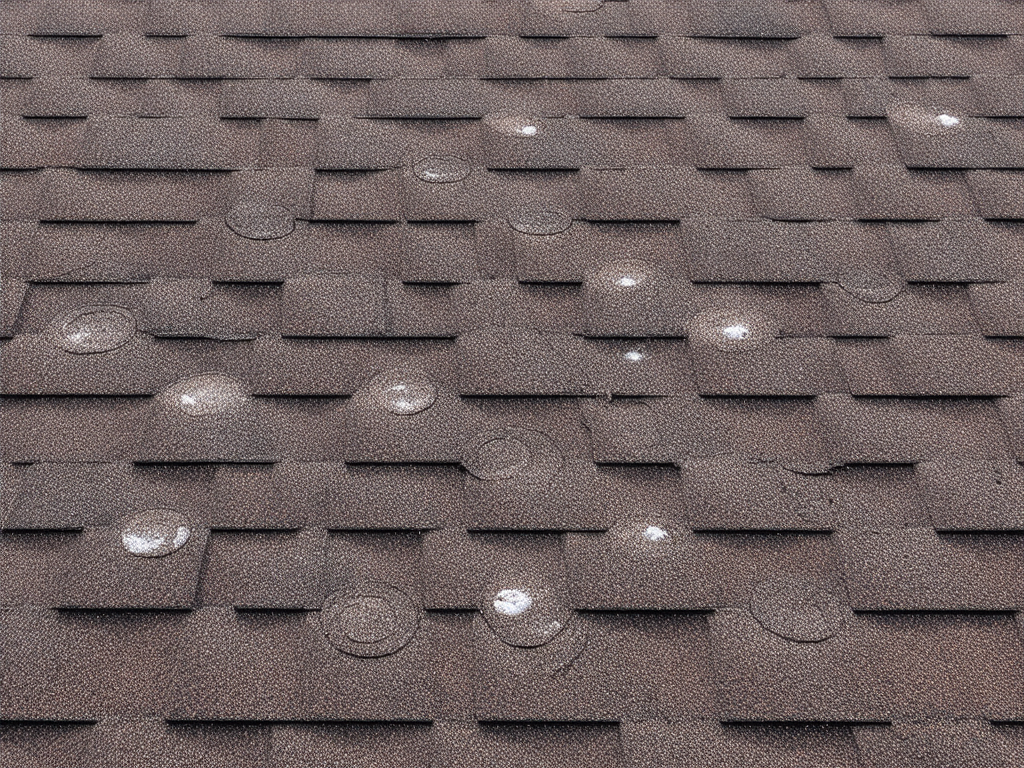
Regional Building Codes and Standards
Following regional building codes is vital for roof safety, durability, and legal compliance. These codes specify minimum insulation, wind resistance, and fire safety standards. State-specific details are available for low-slope commercial roofing. High-risk wildfire areas require fire-resistant materials. Codes may also mandate specific materials or techniques for local conditions, such as steep vs. low-slope requirements. Staying informed about these regulations is crucial for homeowners and contractors to avoid penalties and ensure structural integrity. Building codes cover safety, health, resilience, and energy efficiency.
Examples of Optimal Roofing Choices for Different Climates
Different climates require tailored roofing solutions. Hot, arid regions benefit from light-colored, reflective roofs to reduce cooling needs. Research explores energy-efficient designs based on roof form, material, and coatings. In temperate zones, affordable and versatile asphalt shingles are common, lasting 15-30 years. Lifespan depends on material quality and climate. Three-tab shingles last 10-12 years, while architectural shingles last up to 30 years. Coastal areas with saltwater and high winds benefit from durable, rust-resistant metal roofs. Snowy regions need steep slopes made of slate or metal for snow shedding. Roof slope, accessibility, and square footage impact replacement costs. These factors influence project complexity and labor. Understanding regional roofing considerations is key for choosing the right materials and design. By considering climate, following building codes, and selecting optimal materials, homeowners improve roof longevity, performance, and regulatory compliance.
Conclusion
Recap of Essential Roof Components and Their Functions
Understanding your roof's anatomy is key for a long-lasting, well-performing roof. Important parts like shingles, underlayment, and flashing all have vital jobs in protecting your home from weather. Shingles, often made of asphalt or metal, are the first line of defense. Their lifespan varies, from 15 to 70 years depending on the material. Asphalt shingles typically last 15-30 years, while metal roofs can last 40-70 years or more. Underlayment provides a second layer of protection against moisture. Even if your shingles are damaged, the underlayment helps stop water from getting inside. This waterproof membrane sits under the shingles to prevent leaks. Flashing, usually metal, seals and protects joints and intersections where different roof parts meet, like around chimneys or vents. Flashing directs water away from these weak spots, stopping leaks. All these components work together to make your roof strong and effective. Get Your Roof Assessment to understand your roof's specific needs.
Practical Tips for Prolonging Roof Life and Performance
Roof maintenance involves more than just repairs; it requires proactive care. Regular inspections, ideally twice a year in spring and fall, are vital for catching problems early. Inspecting after the harsh winter weather and before the next winter arrives helps identify potential issues. Cleaning your gutters and removing debris prevents water buildup and damage. Use a hose or gutter cleaning tools like a gutter scoop or pressure washer for tough debris. Roof coatings can extend your roof's life by reflecting sunlight and reducing heat transfer. They can also repair minor damage and protect against further wear and tear from the elements. While roof coatings offer benefits, they don't replace needed repairs. Proper ventilation is also essential. It helps air circulate in the attic, preventing heat and moisture buildup that can damage shingles and other roof parts. Good ventilation also helps stop ice dams in the winter. Following these tips will help your roof last longer and protect your home. Learn more about roof maintenance for a deeper understanding of these practices.
Disclaimer: This blog post is intended for informational purposes only and should not be considered professional roofing advice. Always consult with qualified roofing contractors and insurance professionals for specific guidance regarding your individual circumstances.
